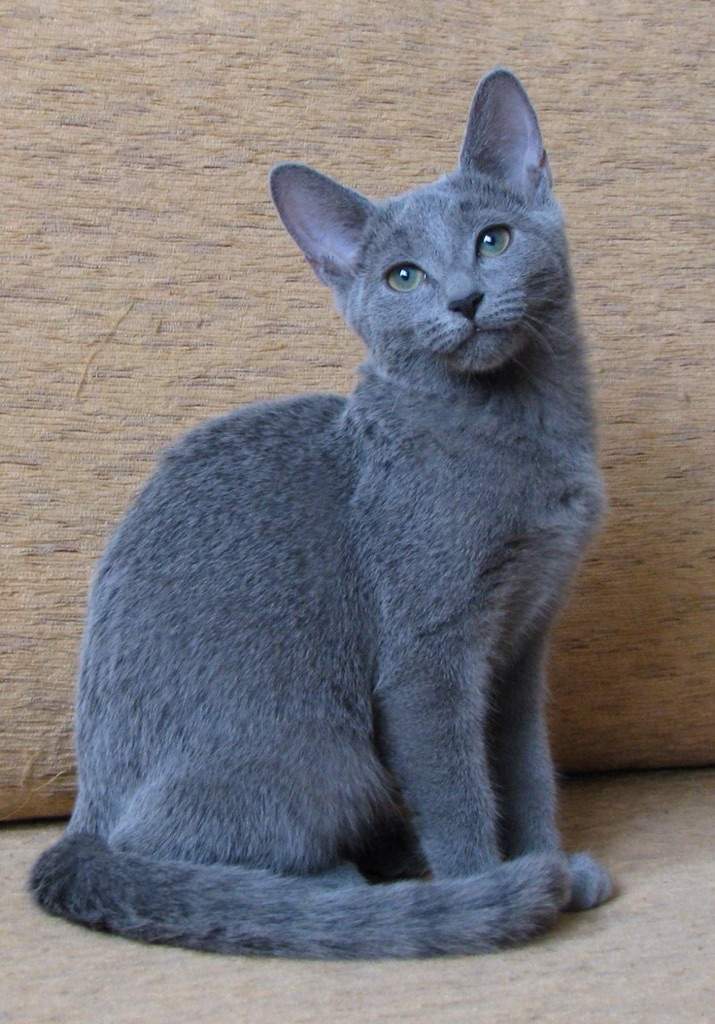

To achieve an official Guinness World Record, the cat's age must be verified. Increasing longevity and better cat care has resulted in a number of specialist books and articles on care of older cats such as Growing Old Gracefully and Towards the End. Today, claims of record ages are regularly published in cat magazines. The oldest cat found by Comfort was a 27 year old unneutered male who had been purchased as a kitten in 1927 and was alive in 1954. He located 10 cats confirmed as over 19 years old. In 1956, British gerontologist (old age expert) Dr Alex Comfort conducted a more scientific study. One unneutered female was 31 years old and her age was fully documented. Three unneutered males were aged 23-26 years old. Nine neutered males and 4 females were aged 21-31 years old.

One cat was reported as being 33 years old. She collected 17 cases of cats aged between 21 and 31 years old, though most of these ages were owners' estimates. She sent questionnaires to cat owners in the USA and Canada. In 1940, Ida M Mellon conducted a survey into the maximum ages reached by cats. Another outdoor oldie was 28 year old Mark, who lived at the Haslemere Cats Protection shelter until his death in 1997. The Cat Action Trust in the UK recorded a 19 year old feral female living on allotments and still breeding, demonstrating that even outdoor-only cats can reach advanced. Given the right conditions, some feral cats have reached their twenties though most are being supported by feeders and carers, rather than relying solely on hunting and scavenging skills. Queenie, a one-eyed tabby from Chelmsford, England, was still stalking pigeons (unsuccessfully) at the age of 19. On 21 December 1975, a 19 year old tabby female owned by Mrs F Arnot of St Neots, Huntingdonshire, killed a stoat (a small mink-like British carnivore able to kill rabbits) in a fierce fight. Some remain active hunters until their late teens or beyond. Though cats generally slow down with age, not all elderly cats lose their vigour. This does not always hold true since many indoor cats, while they are protected from traffic and other animals, may have their lives shortened through obesity (sometimes leading to diabetes or heart disease), lack of exercise and stress. Some owners contend that indoor cats are longer lived than indoor-outdoor cats. A table comparing cat age and human age is given at the foot of this page. Cats reach maturity quickly, but as they grow older, their rate of ageing slows down. In the wild, cats fall victim to accidents, illnesses, food shortages and predators and may live 6-8 years. Life-span is determined by several factors: good genetics, good general care, good health care, good diet and a relatively safe environment. More and more cats are reaching their late teens or early twenties. In countries with good veterinary care, the average life-span of a neutered domestic cat (barring accidents) is considered to be 14 years old although there are signs that this may be increasing.


 0 kommentar(er)
0 kommentar(er)
